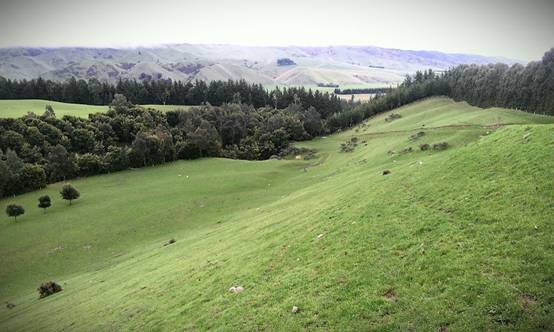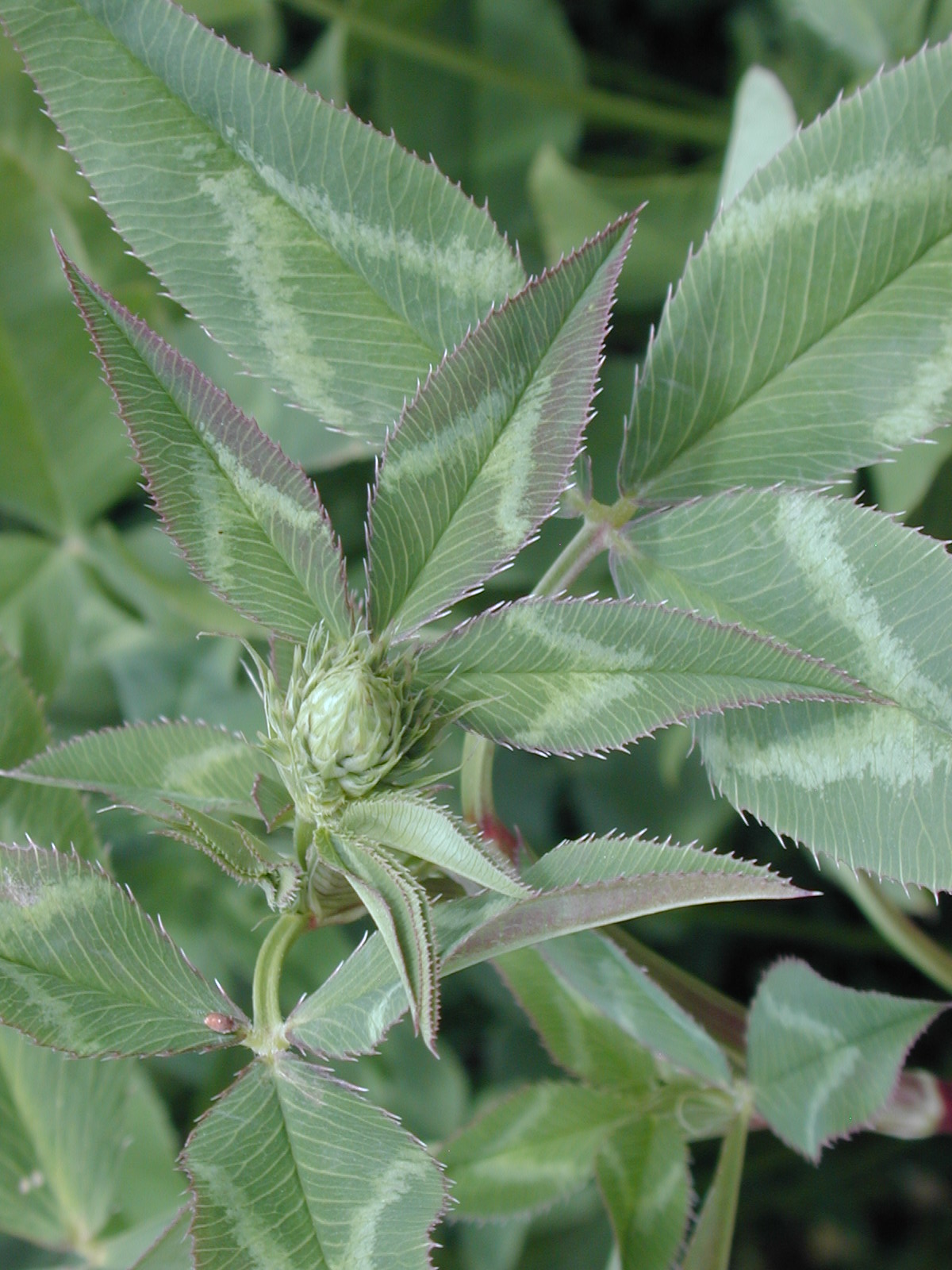 The Pyramid is owned by Chris and Julia Dawkin’s, who have kindly agreed to let us visit their property on a regular basis to report on their management of Arrowleaf clover mixed species dryland pastures.
The Pyramid is owned by Chris and Julia Dawkin’s, who have kindly agreed to let us visit their property on a regular basis to report on their management of Arrowleaf clover mixed species dryland pastures.
The Pyramid is a 415 ha dryland farm in the Waihopai Valley, Marlborough, and is situated at the confluence of the Avon and Waihopai Rivers (approximately 30 km South-West of Blenheim).
The farm can be split into three main areas of soil types:
- 50% Heavy Clay based downlands that are able to be cultivated by a 2WD tractor.
- 25% Stony River Flats and terraces.
- 25% Steeper Hills (uncultivable).
Annual rainfall is approximately 760 mm which is spread relatively evenly throughout the year. The Pyramid is a true dryland farm in that soil moisture deficits are experienced for half of the year in most years, starting from mid/late October. This is the reason that Chris has chosen to invest in dryland pastures that will persist in a dryland farm system. These species may not produce a lot of dry matter over the summer months but will survive drought, and come away when rain arrives.
Dryland pasture species vary within the farm and are tailored to soil type and stock carrying capability. Typically the stony river flats and terraces have been sown in pure stands of lucerne. These pastures are grazed only (usually by lambing hoggets and multiple bearing ewes), and are not used to make supplements. Other areas are a mix of grass species (tall fescue, phalaris, prairie grass, annual and perennial ryegrasses and cocksfoot), legume (Sub clover, Caucasian, white, red, and Balansa) and herbs (chicory and plantain). Caucasian, white, red, and Balansa clovers have been relatively problematic in their persistence at the Pyramid, and is one of the reasons why Chris and Julia are now using Arrowleaf clover in their mixed pasture swards.
Legumes are valued, and pastures managed to maximise legume content. Chris and Julia recognise the worth of persistent legume content in pasture in improved animal performance, as well as the positive impacts of mineralised N in grass/legume based pastures. The aim at the Pyramid is nil use of bag N, to be replaced by biological fixation only.
Arrowleaf clover suits the feed supply needs at the Pyramid. The Arrowleaf species is the latest flowering annual clover (starts early December), and is used to bridge the feed gap between the sub clover and lucerne. The Arrowleaf pastures are managed to provide top quality feed for ewes in late lactation, and for weaned lambs. “Arrowtas” is currently the only Arrowleaf clover cultivar used at the Pyramid.
Three paddocks have been identified by Chris as ones that we will follow throughout the year:
1. Doctor’s Bend is a warm paddock facing north. It is 2 ha, and was sown in Arrowleaf in autumn 2008 by direct drilling into an existing pasture following hard grazing.
2. Back Gully: was oversown in Autumn 2011 with Arrowleaf clover into relatively bare ground. The paddock was grazed heavily to remove vegetation and sprayed out, and was described as a scorched earth policy prior to drilling. Half of the paddock (in the foreground of the photo on right) was direct drilled, with the other half (the steep slope you can see in the background of photo on right) was hand spread with a fiddle. Back gully is a 5 ha paddock with an EW aspect.
 3. Bottom Gully is 4 ha with a Westerly aspect. This paddock was oversown with Arrowleaf in Autumn 2012. The existing pasture was a mixture of semi-improved native species: Sweet vernal, Browntop, Danthonia and Perennial Ryegrass.
3. Bottom Gully is 4 ha with a Westerly aspect. This paddock was oversown with Arrowleaf in Autumn 2012. The existing pasture was a mixture of semi-improved native species: Sweet vernal, Browntop, Danthonia and Perennial Ryegrass.
Our aim is to report what is happening in these paddocks on a regular basis, with commentary, photos and video.
You can also subscribe to this blog series and receive notifications of further blog entries by following the instructions posted here:
Please feel free to send us any questions for information you are needing regarding anything to do with Arrowleaf Clover. You can use the Comment section at the bottom of each blog. We are happy to help!


